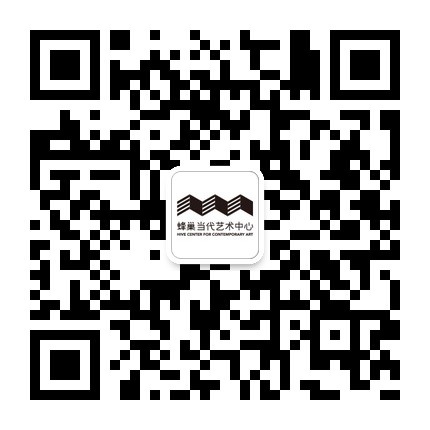:明红、紫红、金红、青红、绯红_布面油画、亚克力、矿物颜料、丝网印刷、宣纸、水墨、金箔_2025_120x180cmx5-600x897.jpg)
Pu Yingwei
2025
Oil, acrylic, mineral pigments, silkscreen, rice paper, ink and wash, and gold leaf on canvas
180×120cm
:明红、紫红、金红、青红、绯红_布面油画、亚克力、矿物颜料、丝网印刷、宣纸、水墨、金箔_2025_120x180cmx5-600x899.jpg)
Pu Yingwei
2025
Oil, acrylic, mineral pigments, silkscreen, rice paper, ink and wash, and gold leaf on canvas
180×120cm
:明红、紫红、金红、青红、绯红_布面油画、亚克力、矿物颜料、丝网印刷、宣纸、水墨、金箔_2025_120x180cmx5-600x899.jpg)
Pu Yingwei
2025
Oil, acrylic, mineral pigments, silkscreen, rice paper, ink and wash, and gold leaf on canvas
180×120cm
:明红、紫红、金红、青红、绯红_布面油画、亚克力、矿物颜料、丝网印刷、宣纸、水墨、金箔_2025_120x180cmx5-600x895.jpg)
Pu Yingwei
2025
Oil, acrylic, mineral pigments, silkscreen, rice paper, ink and wash, and gold leaf on canvas
180×120cm
Hive Center for Contemporary Art is thrilled to present Pu Yingwei’s upcoming solo exhibition “Red Computer” in our main gallery and dome space at Hive Beijing. In participant of Gallery Week Beijing, this exhibition opens on May 17th, 2025, during the Beijing Art Week, and will remain on view until June 19th, 2025. Continuing to reveal Pu’s deep concern for social discourse, “Red Computer” organizes his past digital creative contexts with his diverse explorations of Artificial Intelligence in recent years to unveil a new series of painting, animation, and installation. This exhibition will also debut the “Red Engineer,” a large generative AI model reflecting Pu’s innovative ideas about the present. It was developed based on Pu Yingwei’s core creative concepts and through deep-learning from his paintings, photographs, and archives.
Red Computer: To our collective present and future
– Pu Yingwei’s Artist Statement
“My red, you are the history, the reality, and ourselves.”
Once again, all newly formed connections have become obsolete before reaching a point of consolidation. Following the opening of the artist’s new exhibition “New Century Encyclopedia” at He Art Museum, the concept of “Red Computer” was introduced later last year, when a group of tech company entrepreneurs suddenly emerged as contemporary influencers, fashion icons, and leadership mentors, and began to appear frequently in the public eye. As the expression goes, “Suddenly it’s as though in one entire night the spring wind comes, and on thousands of trees, millions of trees, blossoms of pear appear.” For some time now, the quotidian discourse and use of Artificial Intelligence (AI) has become as much our new organ as the cellphone. If there is anyone today intimidated by the topic of AI, they would probably have to be considered an outcast for the version of the future. No longer nascent, AI is present in the products, services, and devices of day-to-day experience. In the meantime, however, it is necessary to recognize technology in itself as a form of power, which is still dependent on the structure dominated by nation-states and multinational corporations, where the creation of barriers such as databases, computational power, raw materials, etc., escalates the tango of power. Behind the technology, a geopolitical wrestling of the classical world is revealed yet again. This is when AI no longer serves as an arithmetic of the world but a dynamic manifestation in the uncertain situation of the world.
“The Red Computer is not about advanced technology, but the sum of people’s everyday perception and behavioral patterns.”
In the context of this exhibition, “Red Computer” also represents the ultimate state of current technological and societal development. Through the intermingling of capital distribution, technologies, and sovereignty, virtual reality has been empowered to transcend reality, where all matter will be baptized by a crisis of identity. The scale of everyday human life will become ever increasing that any news creates a tangible and bodily significance. And in the myriad of discourses on digital life and virtual reality, the answer to the question of “what constitutes true human identity?” has been repeatedly amended, whereas art, as far as human society is concerned, has always been an existentialist proposition, the ultimate field for proving what it means to be human. And when the core of human existence and social function are approaching a drastic transformation, the value system of art is inevitably going to evolve in accordance with the changes of the perceived subject of their audience. People have referred to AI as the “final invention of humanity”. After such a technological revolution, almost everything in the future will be accomplished with the collaboration of AI and humanity. If Nietzsche’s reflections on “God is dead” and “the revaluation of all values” defined the value of humanity, today, our reflection has shifted to “human (as a singular intelligent agent) is dead, revaluate all values”. This is an important moment, and an important moment for art to restructure itself and embark on a new journey.
“Intelligent capital, the new reality that art has yet to adequately narrate”
Under new uncertainties with which contemporary art accompanies, they mutually criticize while staying dependent on each other in this turbulent reality, dwelling on the advent of a new future. The so-called “contemporary” art is destined to remain a never-ending self-reinvention, in which one must courageously and enthusiastically examine the various social circumstances underlying the present technological developments, in order to express and construct the new realities we confront today in the historical narrative of art. Like the emergence of AI has served as an anchorage for reflection on human subjectivity and nurtured diverse positive responses on the premise of the self-consciousness of value, contemporary art is also responsible to return to the most essential humanity and solicitude of art with certain knowledge of the times, precisely “the brush and ink move with the times, but the spirit remains unchanged.”
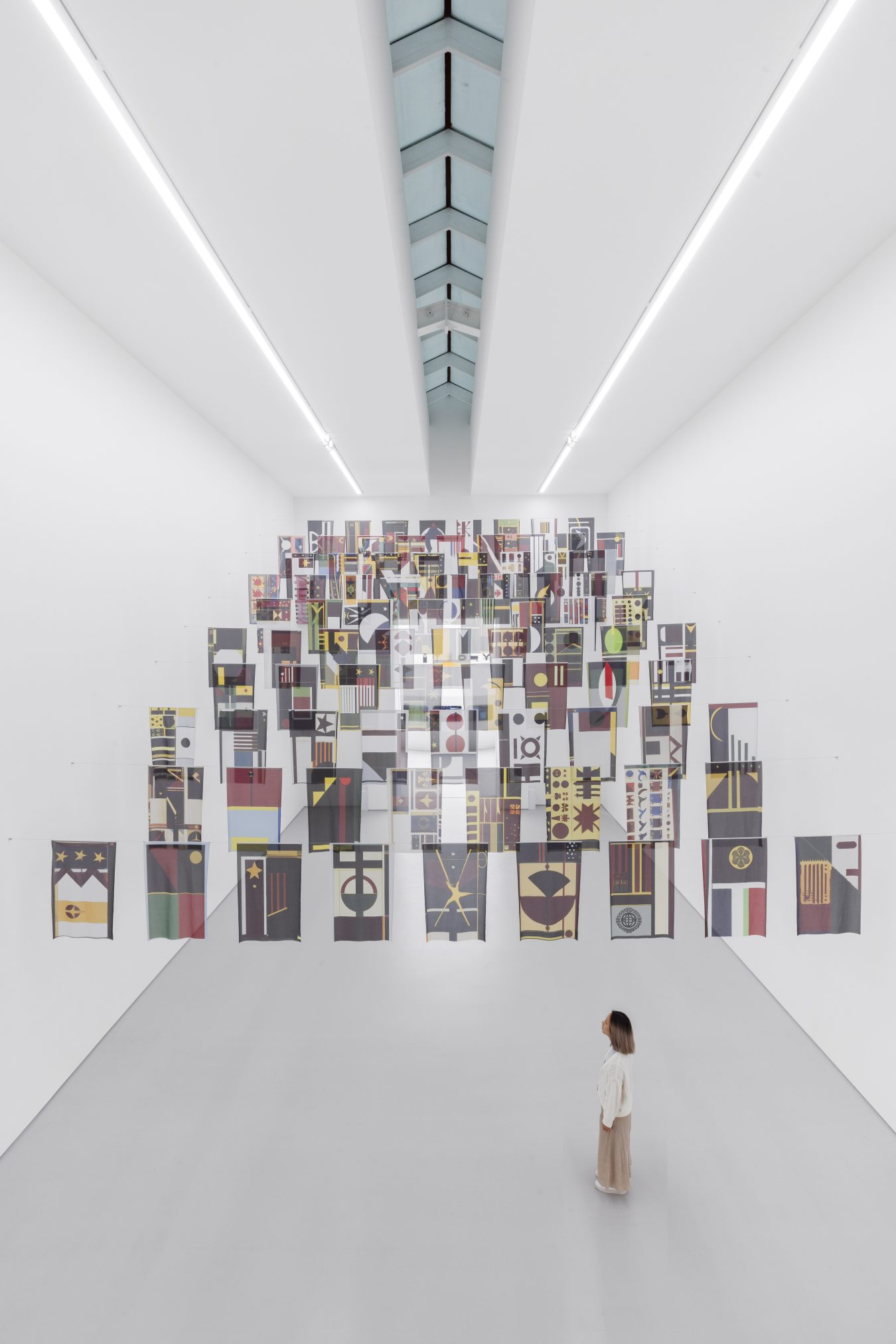
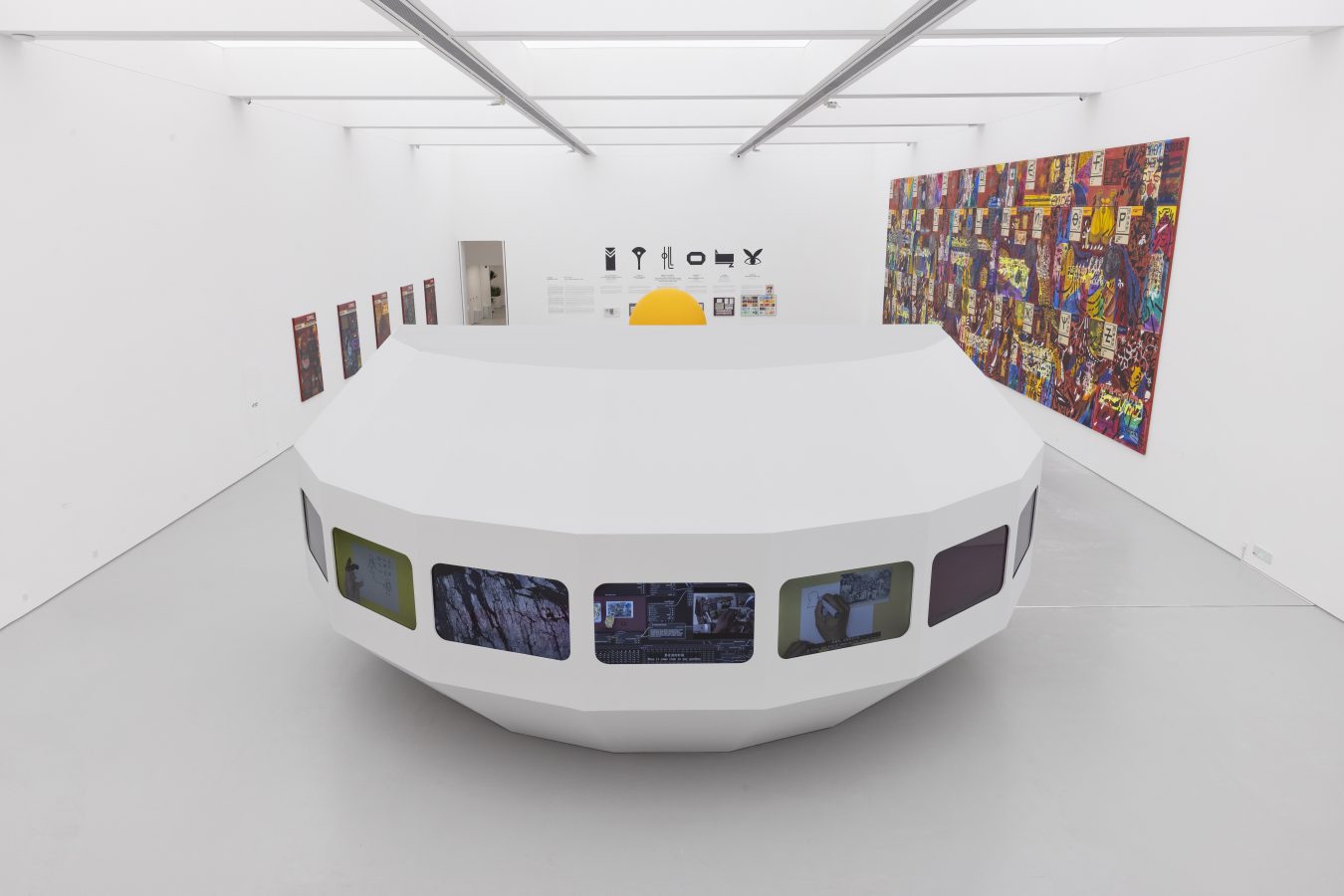
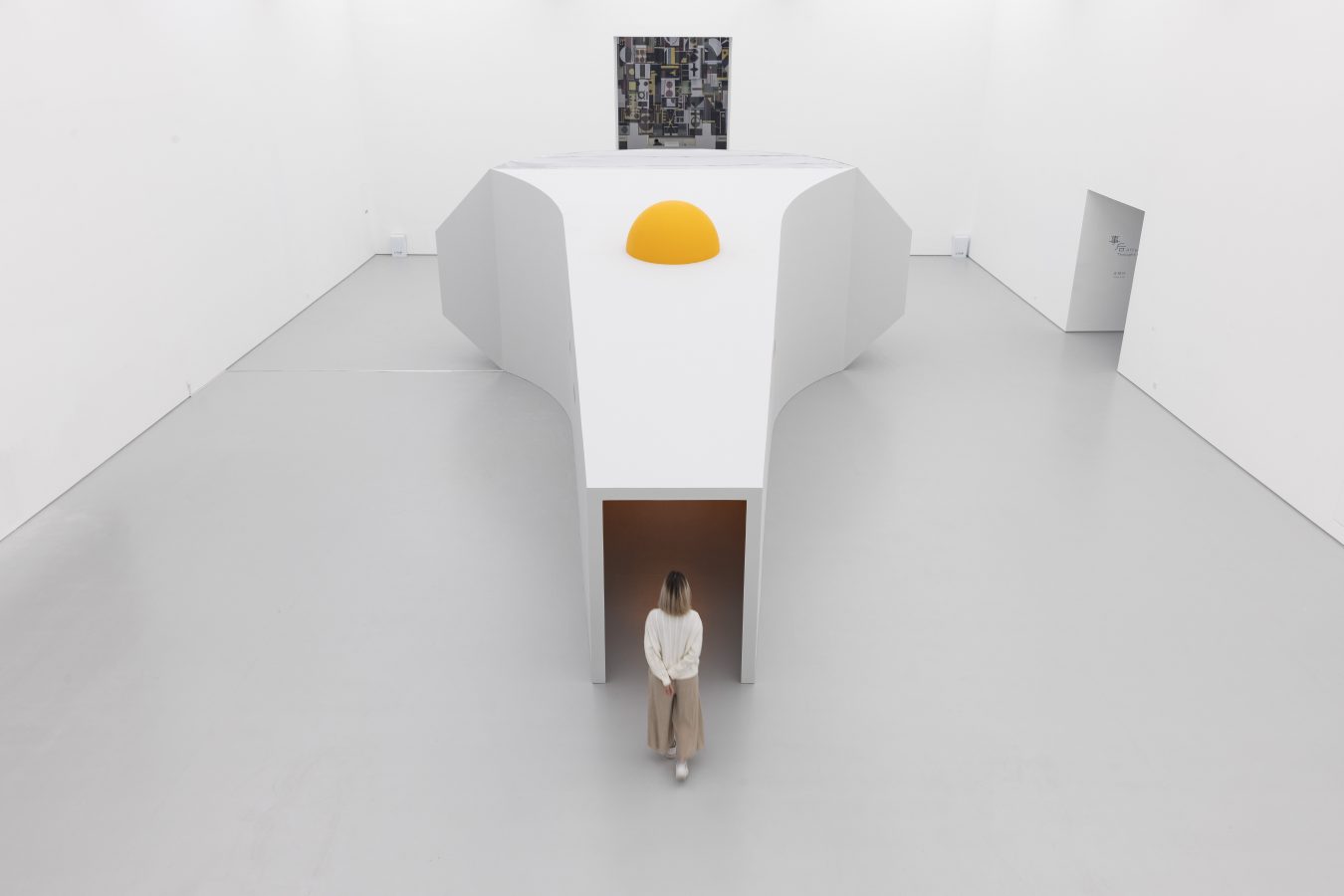
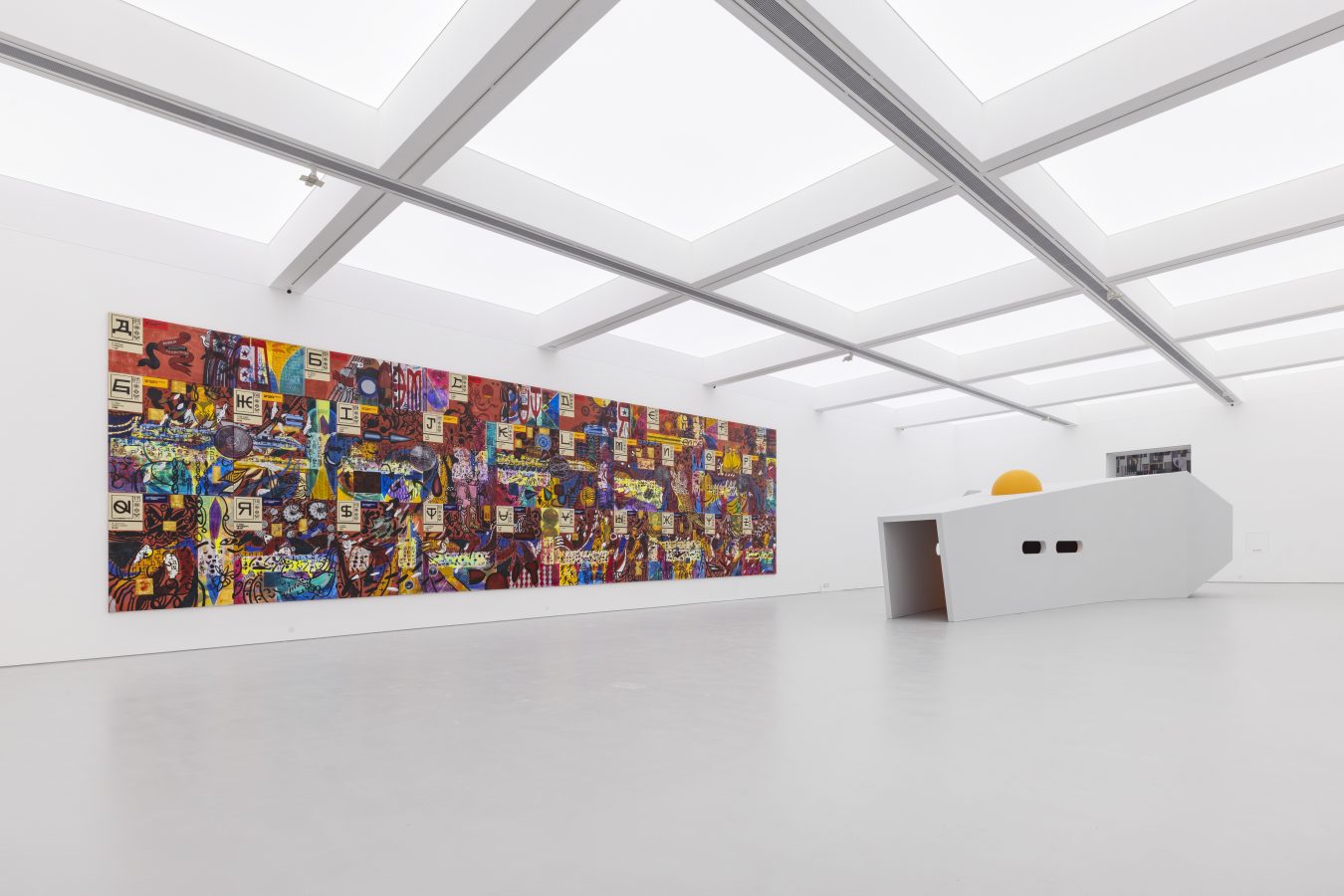
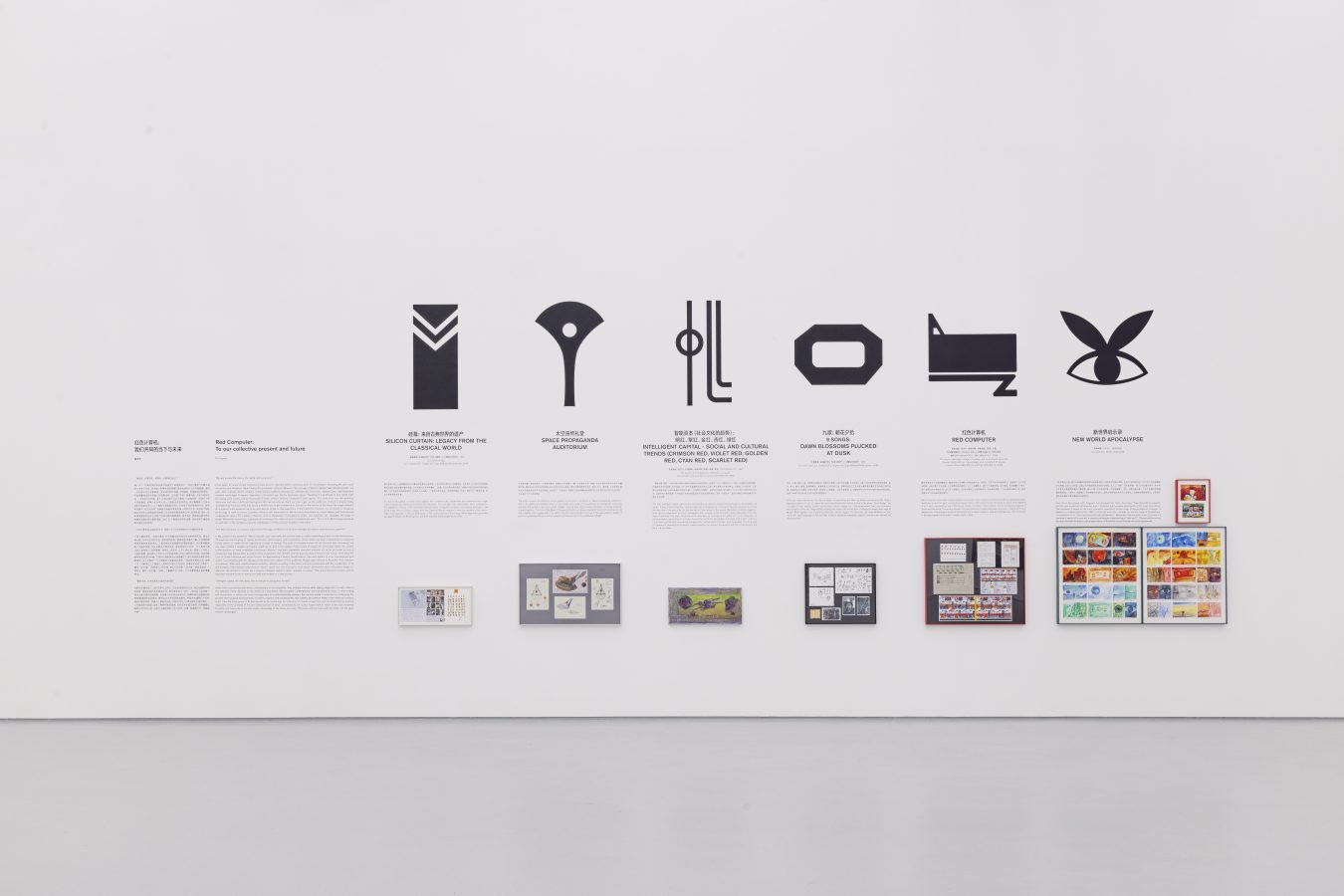
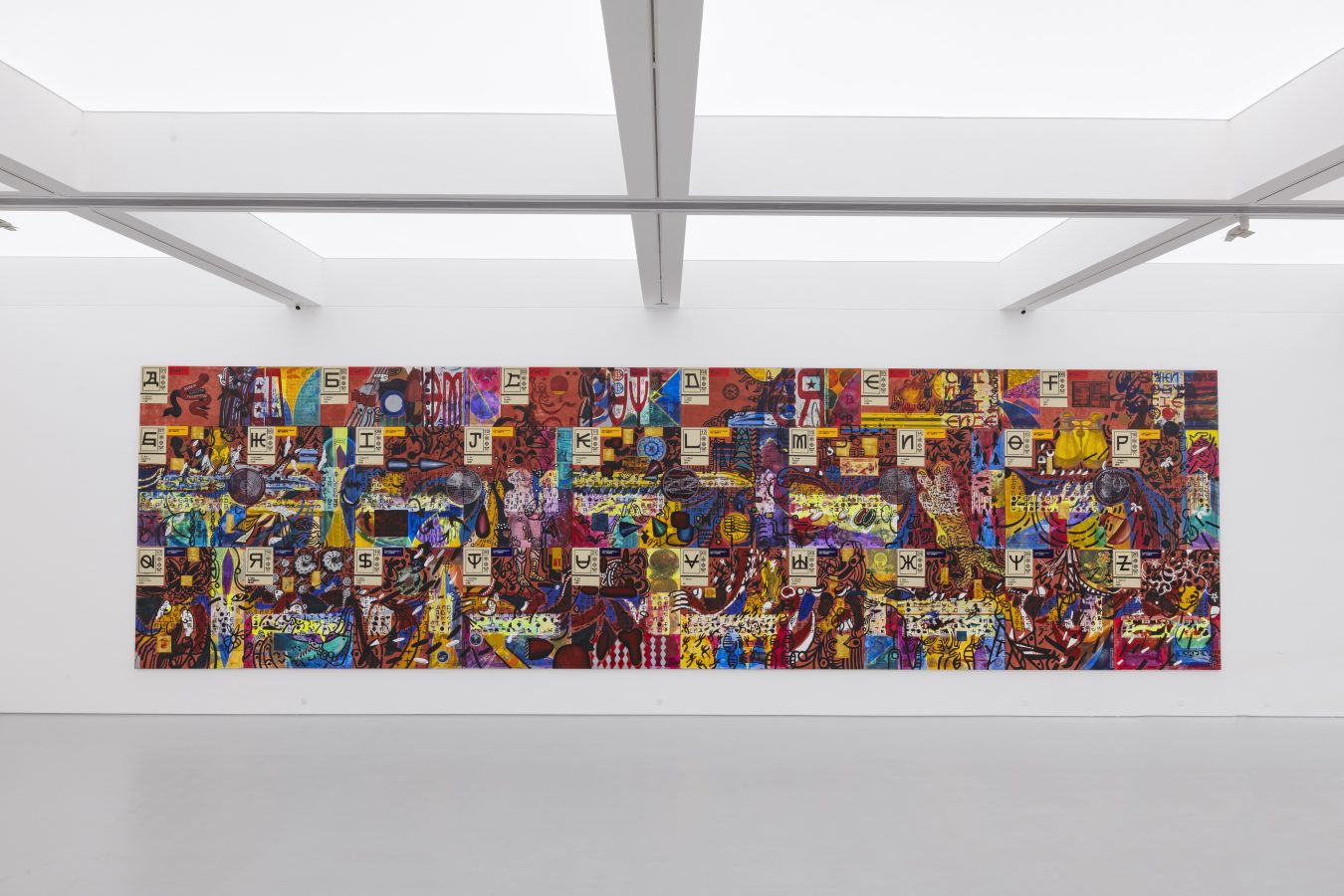
:明红、紫红、金红、青红、绯红_布面油画、亚克力、矿物颜料、丝网印刷、宣纸、水墨、金箔_2025_120x180cmx5-600x900.jpg)

